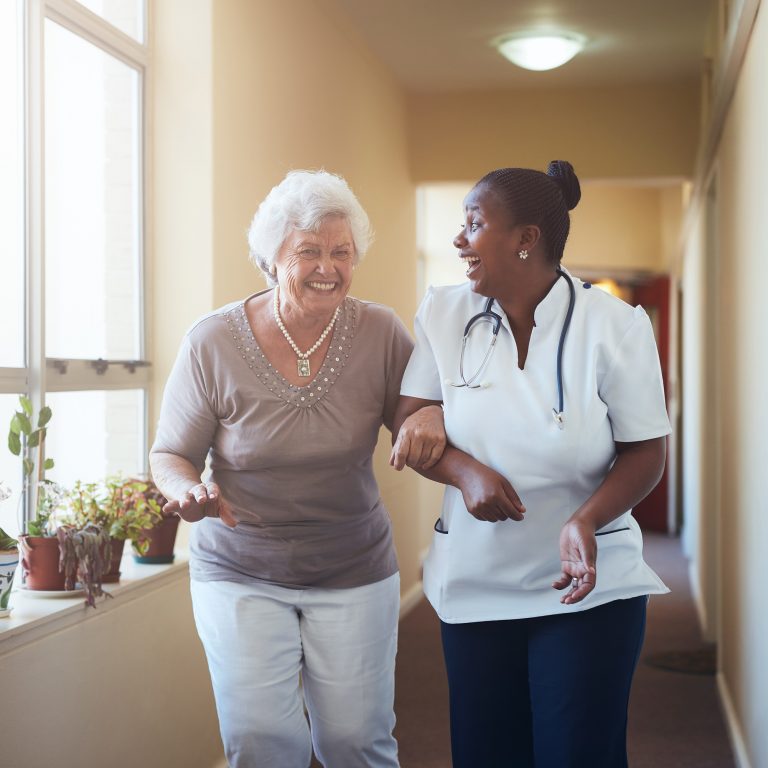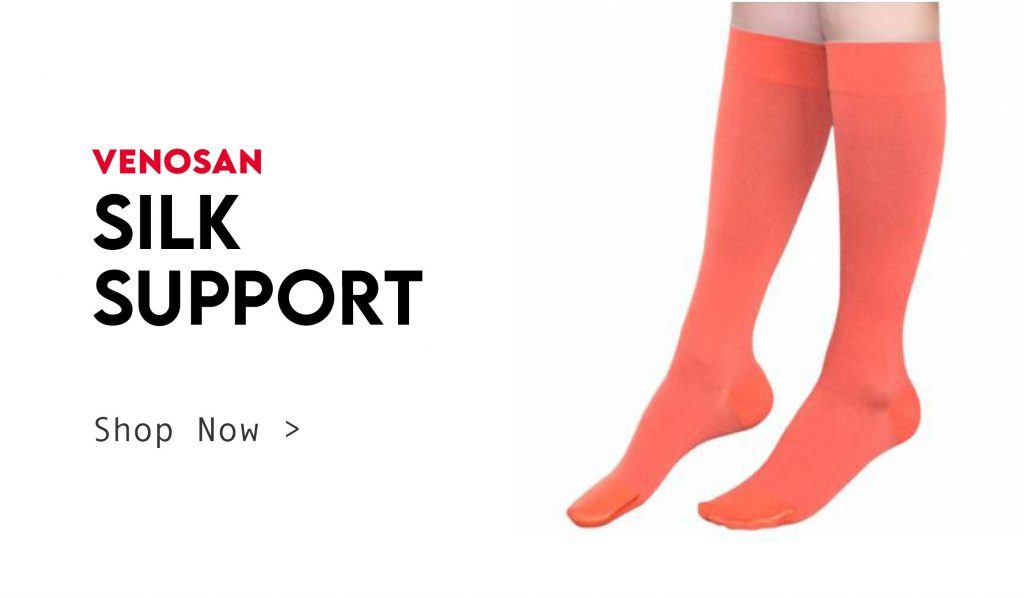Risk Factors for Healthcare Workers
Healthcare professionals often spend long hours standing, taking care of patients and sitting at a computer to document cases. Many experience tired, achy legs, or swelling at the end of a shift. Not only are these symptoms uncomfortable, but are also a sign of significant risk for developing Chronic Venous Disease (CVD). In the era of COVID-19, this risk is even greater, since medical professionals are spending longer and longer hours on their feet. In fact, it is reported that nearly 70% of healthcare workers are affected by one or more symptoms of CVD.


